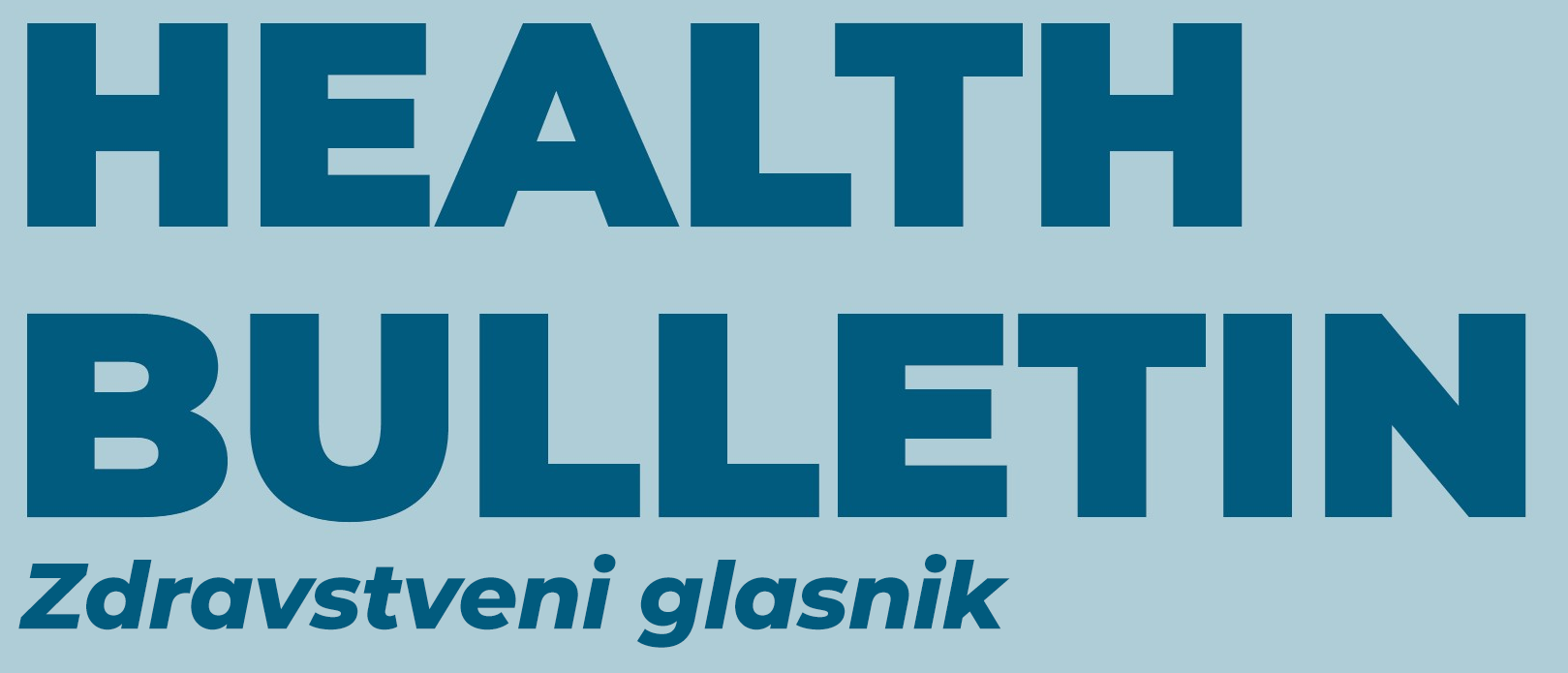QUALITY OF LIFE OF PATIENTS WITH STRESS URINARY INCONTINENCE TREATED WITH TWO SURGICAL METHODS: A RANDOMIZED CONTROLLED STUDY
Keywords:
stress incontinence, quality of life, surgical methodsAbstract
Introduction: Static or stress urinary incontinence unquestionably in women has a significant negative impact on quality of life. Surgical treatment is the standard way of treating women with static stress incontinence, if the desired effect is not achieved with a conservative method of treatment.
Objectives: To compare the quality of life of a group of patients with stress urinary incontinence surgically treated with Hammock method with the group treated by Needle method, and to compare the results with the quality of life of a healthy population of women.
Methods: The study used the recommended questionnaire from the International Consultation on Incontinence, a short questionnaire ICIQ- SF. This questionnaire was used to collect data on symptomatology, frequency, amount of urine, and the impact on the quality of life before and after surgical treatment.
Results: A statistically significant difference (p<0.05) in improving the quality of life of patients operated on needle method was found, significantly higher after surgery. It was also found that there was a statistically significant difference (p<0.05) in improving the quality of life and in patients operated on by the Hammock method. Patients who underwent Needle surgery reported a better quality of life after surgery, compared to patients who underwent Hammock surgery. No statistically significant difference (p>0.05) was found between the postoperative quality of life of patients operated on the Needle method and people without incontinence difficulties.
Conclusion: The results of the research have shown that the Needle method is more effective in improving the quality of life of patients with stress urinary incontinence 6 months after surgery.















